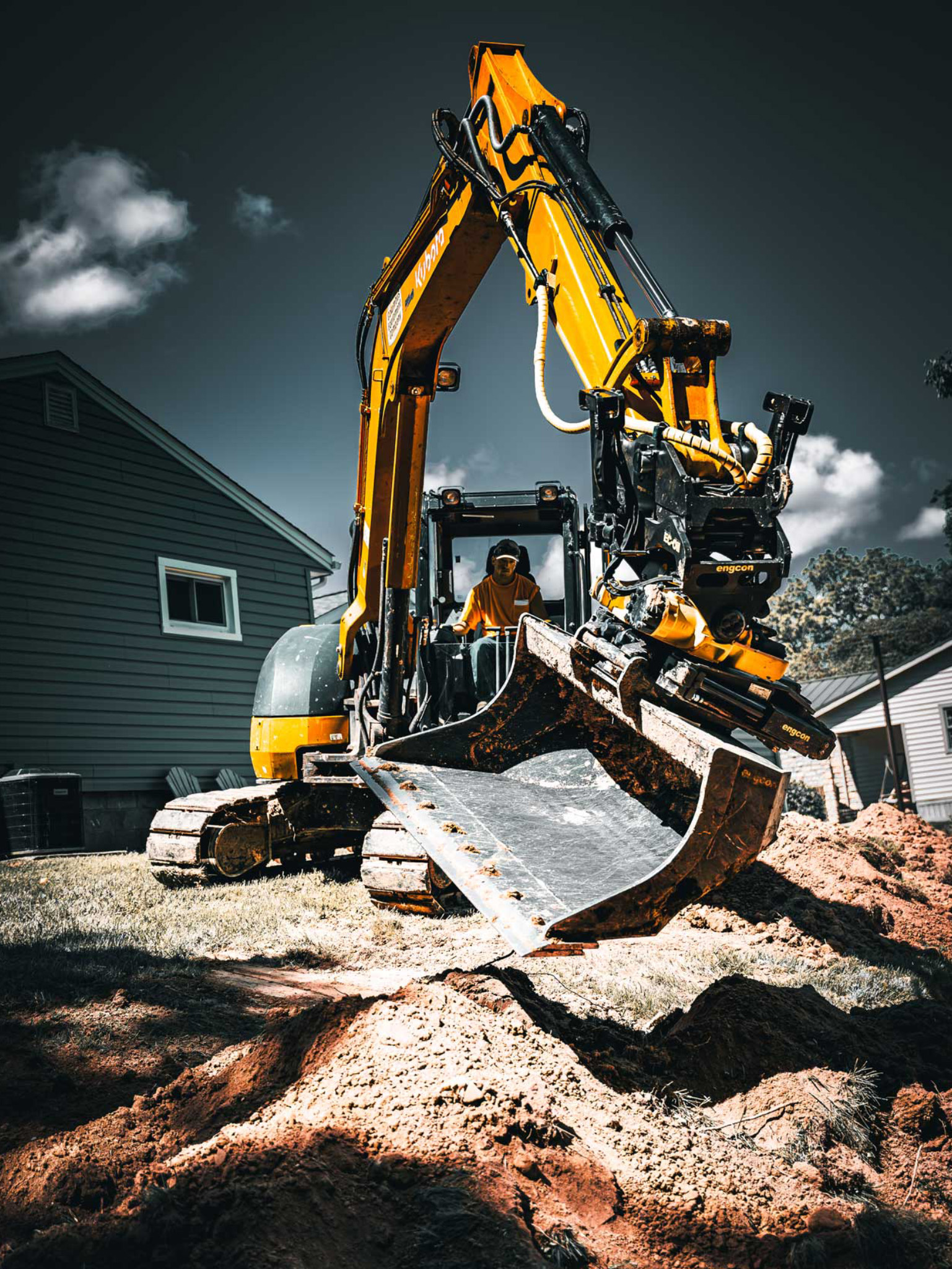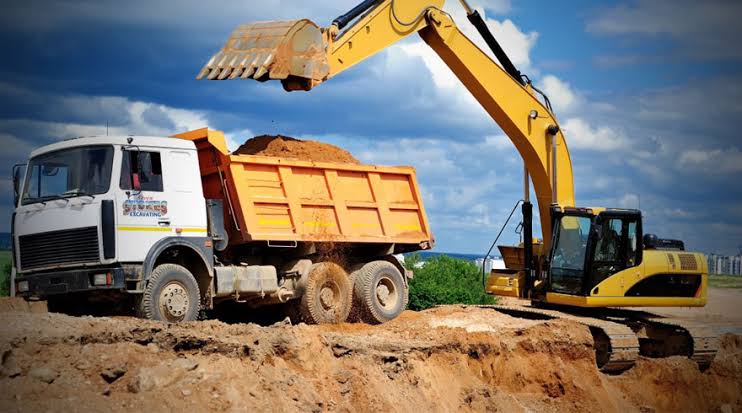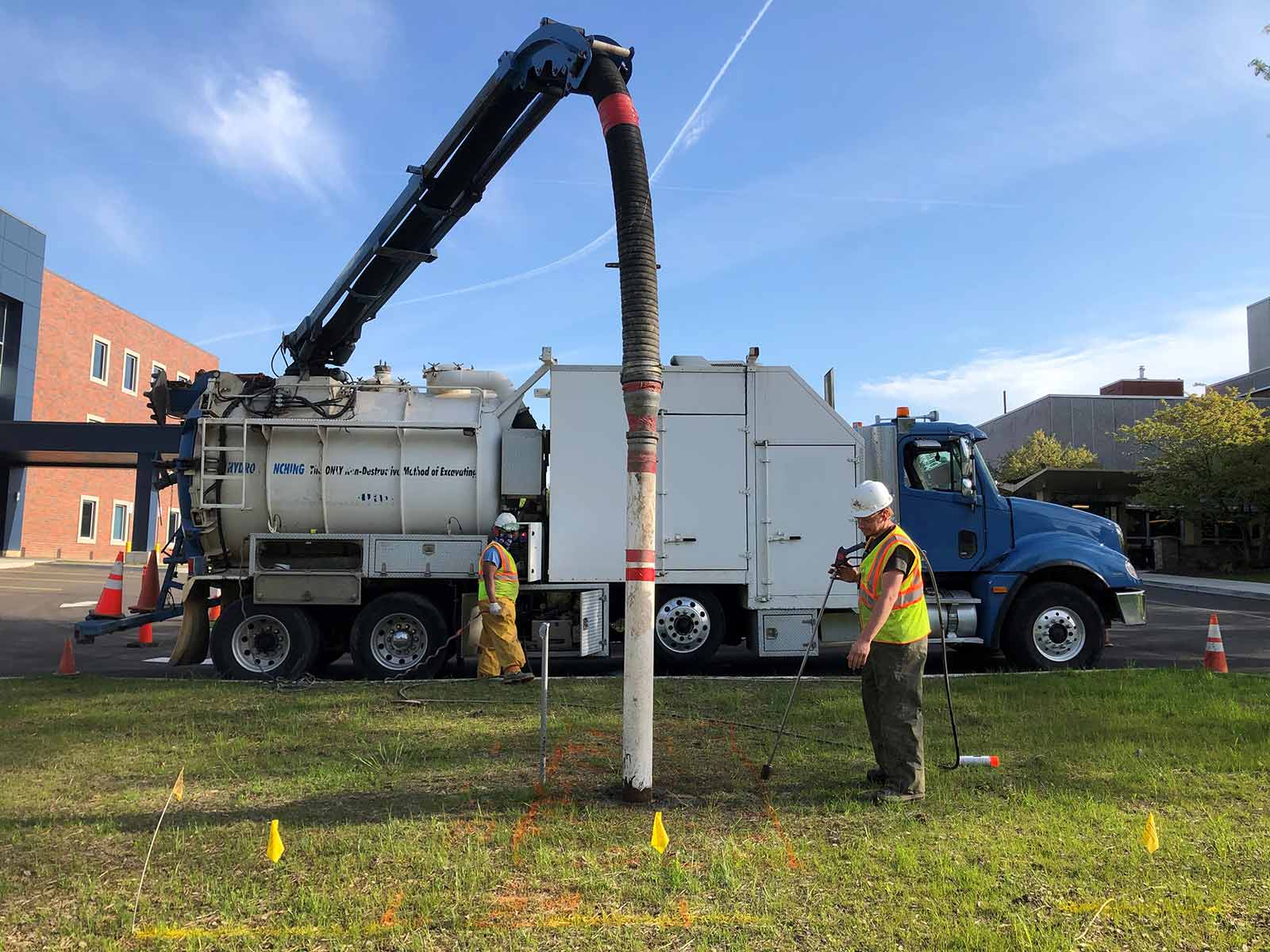Commercial Lancaster Trenching - Trenching Services for Businesses in Lancaster
Commercial Lancaster Trenching - Trenching Services for Businesses in Lancaster
Blog Article
Revealing the Art of Excavation: Pro Tips for Safe and Effective Excavating
In the realm of excavation, the mastery of effective and safe excavating is an art kind that calls for accuracy, expertise, and adherence to well established practices. As dirt is turned and earth is relocated, the complexities of excavation reveal themselves, requiring a keen understanding of equipment, dirt composition, safety methods, and environmental considerations. The expertise needed to navigate these elements properly can suggest the distinction between an effective excavation task and a possible catastrophe. By deciphering the layers of this intricate process, a globe of understandings and strategies waits for those seeking to elevate their excavation skills to new heights.
Significance of Correct Tools
To make certain the safety and performance of any kind of excavation task, utilizing the suitable devices is critical. Excavation tasks vary in extent and complexity, varying from little residential landscape design jobs to massive building tasks.
Excavators are basic pieces of equipment in any digging operation. These versatile devices come in numerous sizes to fit different job requirements. Mini excavators are optimal for smaller sized tasks, while bigger excavators deal with more comprehensive projects successfully. Backhoes are another vital tools type, integrating the features of a loader and an excavator in one machine. They are important for tasks calling for versatility and maneuverability.
Excavators stand out in tasks that need pressing huge quantities of soil or particles. By investing in the proper tools, excavation projects can be completed securely, on time, and with precision.
Comprehending Soil Structure
An extensive understanding of soil structure is basic for performing excavation projects with precision and security. Comprehending the various kinds of soil is vital as it straight influences excavation techniques, equipment selection, and general task efficiency. Soil structure commonly consists of 4 main parts: sand, silt, clay, and raw material. Each element has special residential properties that influence how soil responds to excavation processes.
Sand bits are the largest and offer great drain yet use little communication. Silt bits are smaller sized than sand but larger than clay, providing moderate drainage and communication. Clay fragments are the tiniest and provide high communication however poor drainage. Raw material, such as rotting plant product, impacts soil fertility and security.
Before commencing excavation, carrying out dirt tests to determine its composition and attributes is necessary. This information assists in choosing the ideal tools, implementing safety actions, and establishing excavation strategies customized to the certain dirt problems - septic ohio. By recognizing soil make-up, excavation specialists can improve job end results while guaranteeing safety and adherence to ideal methods
Precaution and Methods
Understanding dirt structure is the keystone upon which safety and security actions and protocols for excavation jobs are developed, making sure the wellness of employees and the success of the endeavor. There are numerous crucial actions that have to be applied to minimize threats and stop accidents. when it comes to safety throughout excavation.
Primarily, before any kind of excavating begins, a comprehensive evaluation of the site need to be conducted to determine any type of possible threats such as underground utilities, unstable dirt conditions, or neighboring structures that might present a threat. It is crucial to have a qualified person manage the excavation process to make certain that all security methods are complied with strictly.
In addition, all workers included in the excavation has to be appropriately trained in safe excavating practices and the correct procedure of devices. By sticking to these safety actions and procedures, excavation tasks can be completed effectively and investigate this site without event.
Reliable Excavation Preparation
When beginning on an excavation job, careful preparation is important to guarantee effectiveness, security, and effective results. Effective excavation planning entails numerous essential steps that are essential for the smooth execution of the task.
Once the site assessment is complete, the next action is to develop a clear timeline and timetable for the excavation tasks. This consists of establishing the series of jobs, equipment needs, and manpower allowance. Appropriate organizing helps prevent hold-ups and makes sure that the task remains more helpful hints on track.

Additionally, communication among all employee is extremely important during the preparation phase. Clear directives, routine updates, and efficient sychronisation are important for a successful excavation project. By investing time and initiative in thorough preparation, excavation groups can considerably boost efficiency, decrease dangers, and achieve successful results.

Managing Environmental Considerations
With enhancing focus on environmental sustainability in building methods, taking care of environmental considerations has actually come to be an important aspect of excavation projects. Excavation activities have the potential to influence the surrounding environment with dirt disintegration, sediment runoff, environment disturbance, and contamination of water sources. To minimize these risks, it is important to execute finest methods that prioritize environmental management.

In addition, appropriate waste administration is essential to stop dirt and water contamination. Applying procedures for the disposal of unsafe products, recycling of waste materials, and reducing making use of dangerous chemicals can significantly reduce the ecological effect of excavation tasks. By integrating these techniques right into excavation planning and implementation, building and construction business can guarantee that their tasks are not only secure and effective yet additionally eco accountable.
Verdict
In conclusion, grasping the art of excavation calls for a detailed understanding of correct devices, dirt composition, security actions, and efficient planning. By adhering to these guidelines and considering ecological variables, excavations can be conducted safely and effectively. It is vital to prioritize safety and efficiency in every excavating task to ensure successful outcomes.
As go to the website dirt is turned and planet is relocated, the ins and outs of excavation disclose themselves, demanding an eager understanding of equipment, soil make-up, safety and security methods, and environmental considerations.To ensure the safety and effectiveness of any type of excavation task, making use of the appropriate equipment is critical.A comprehensive grasp of dirt composition is fundamental for performing excavation jobs with precision and security. Understanding the different types of soil is important as it directly affects excavation methods, equipment selection, and overall task efficiency. By understanding soil structure, excavation experts can boost project outcomes while guaranteeing security and adherence to finest techniques.
Report this page